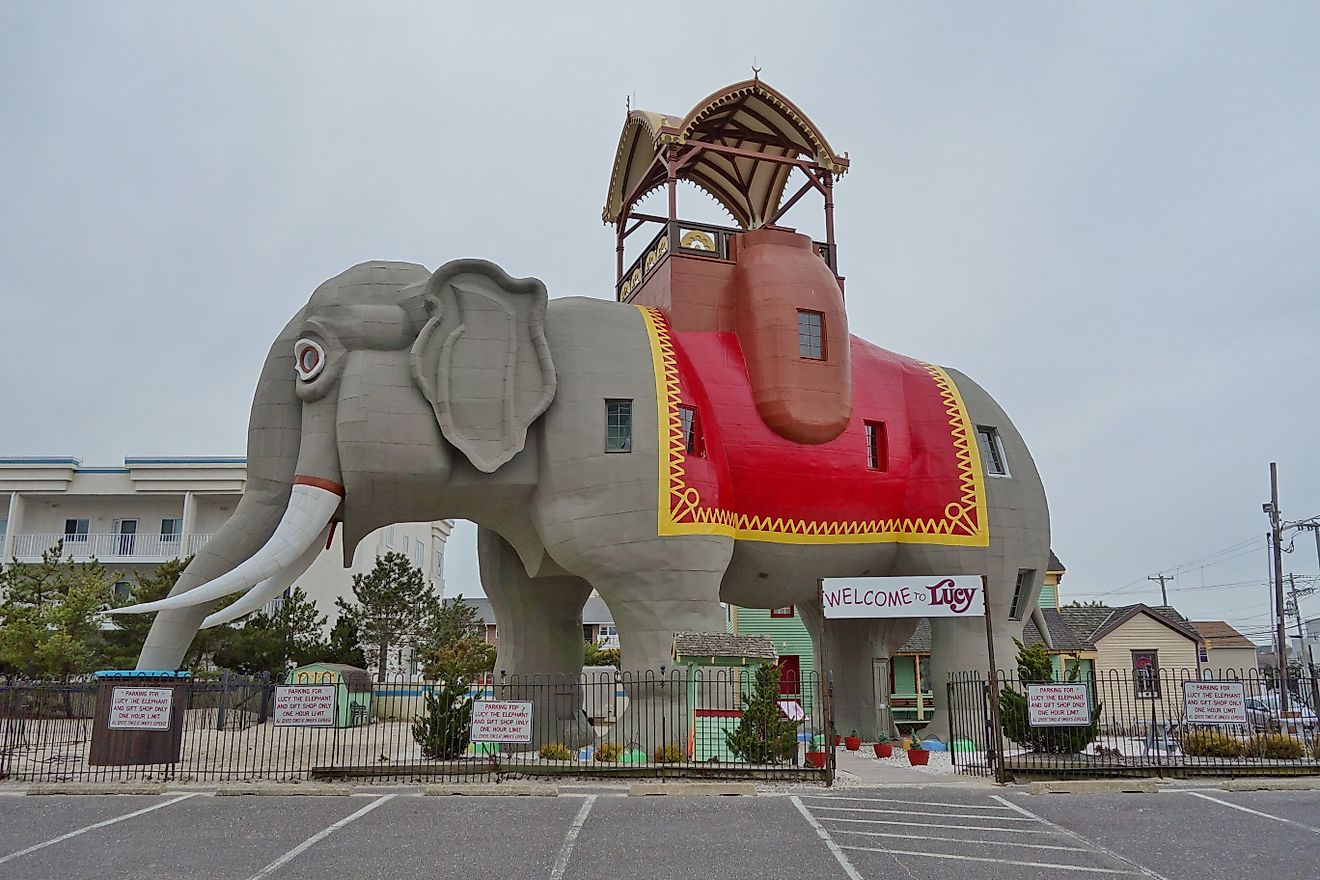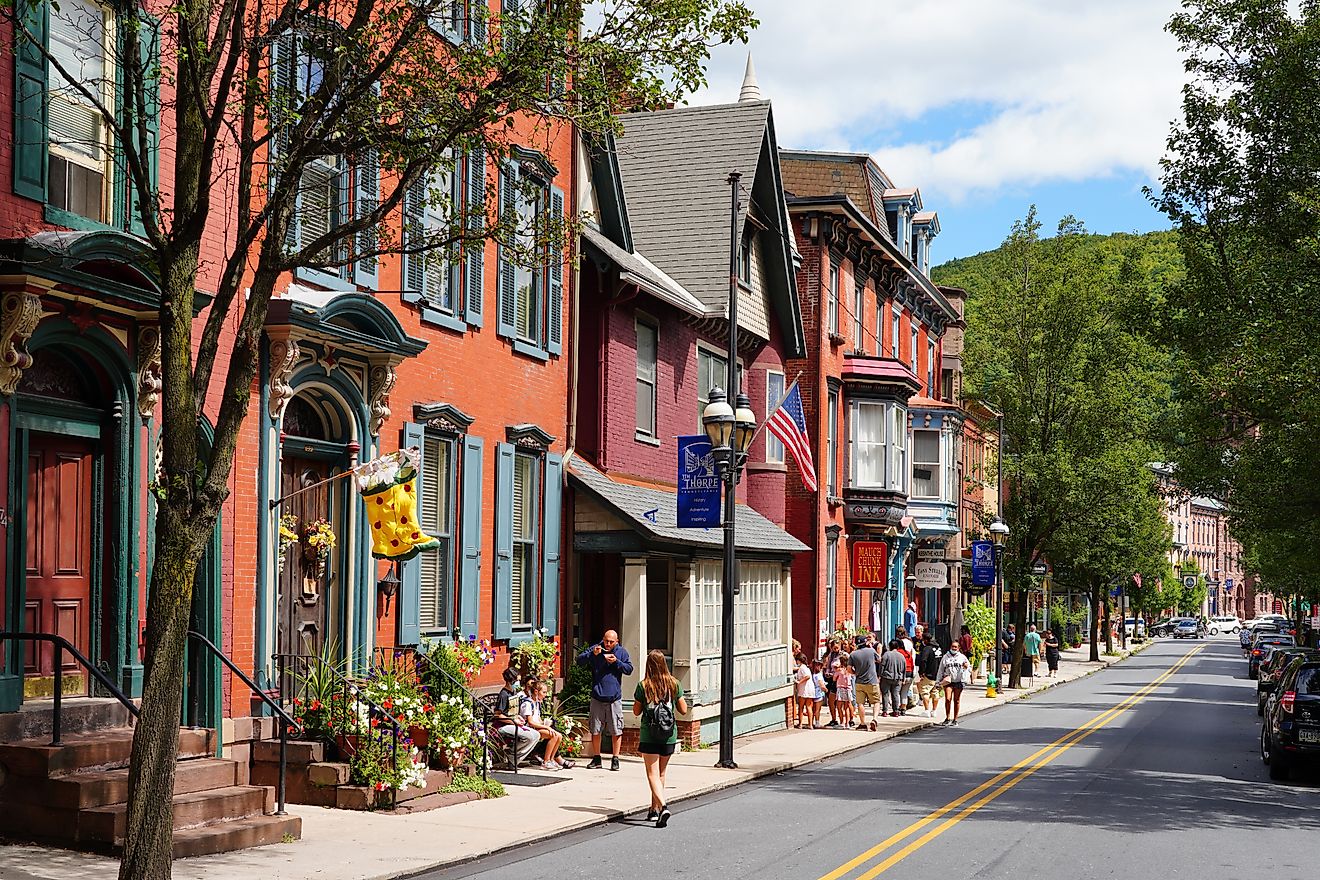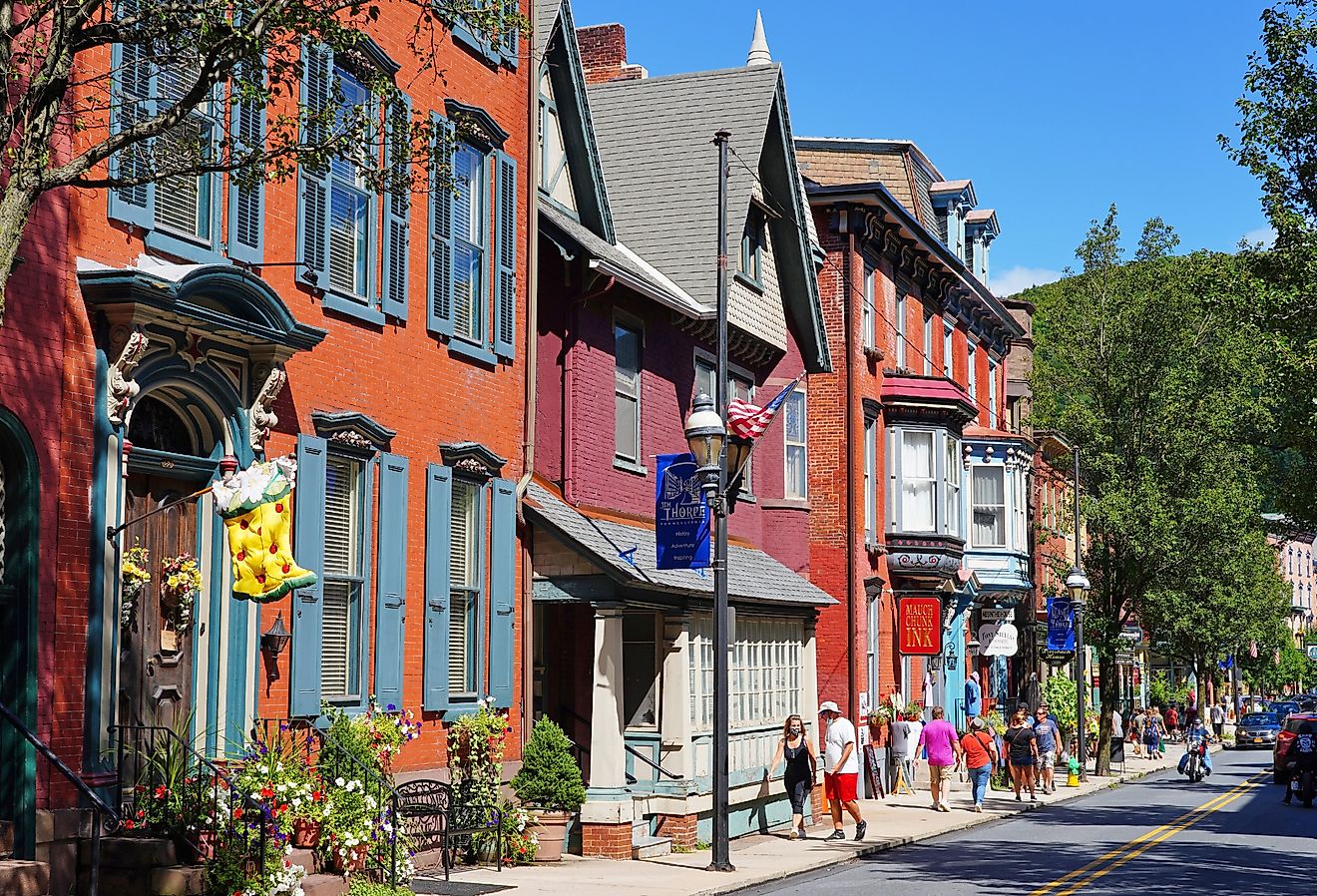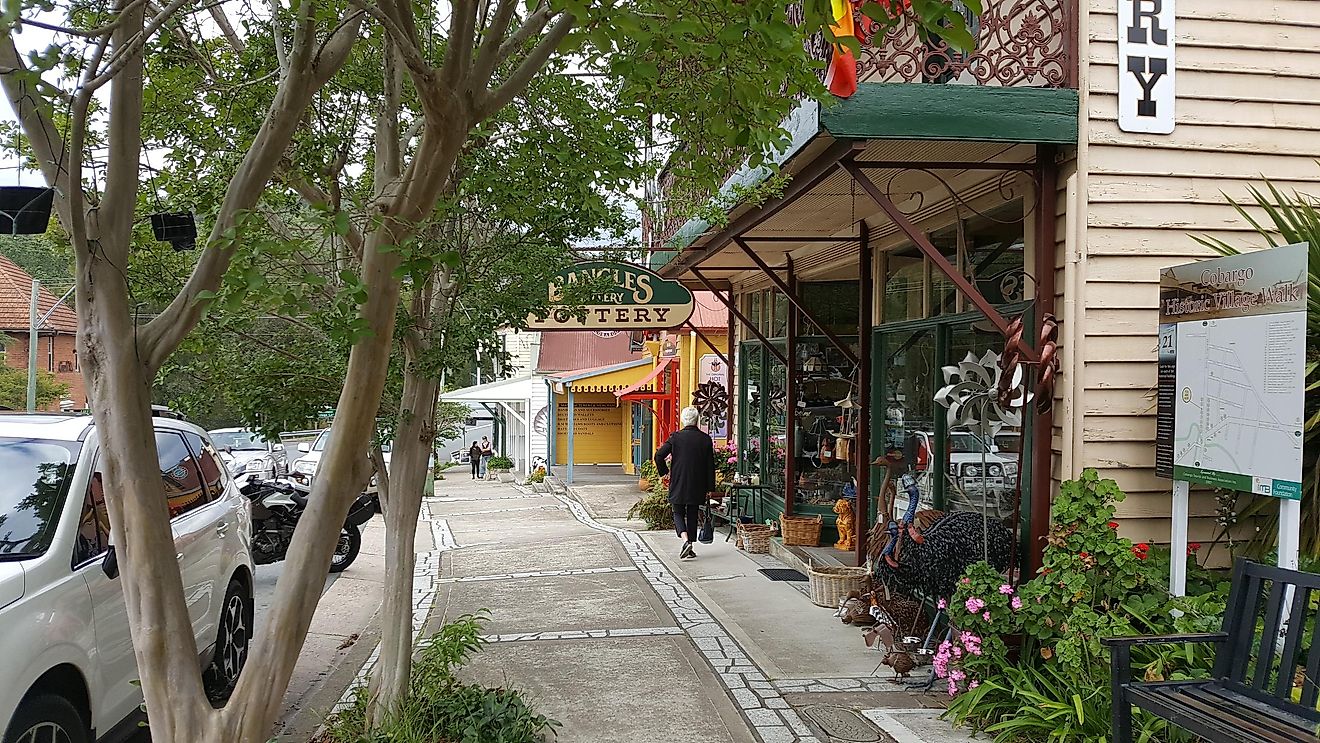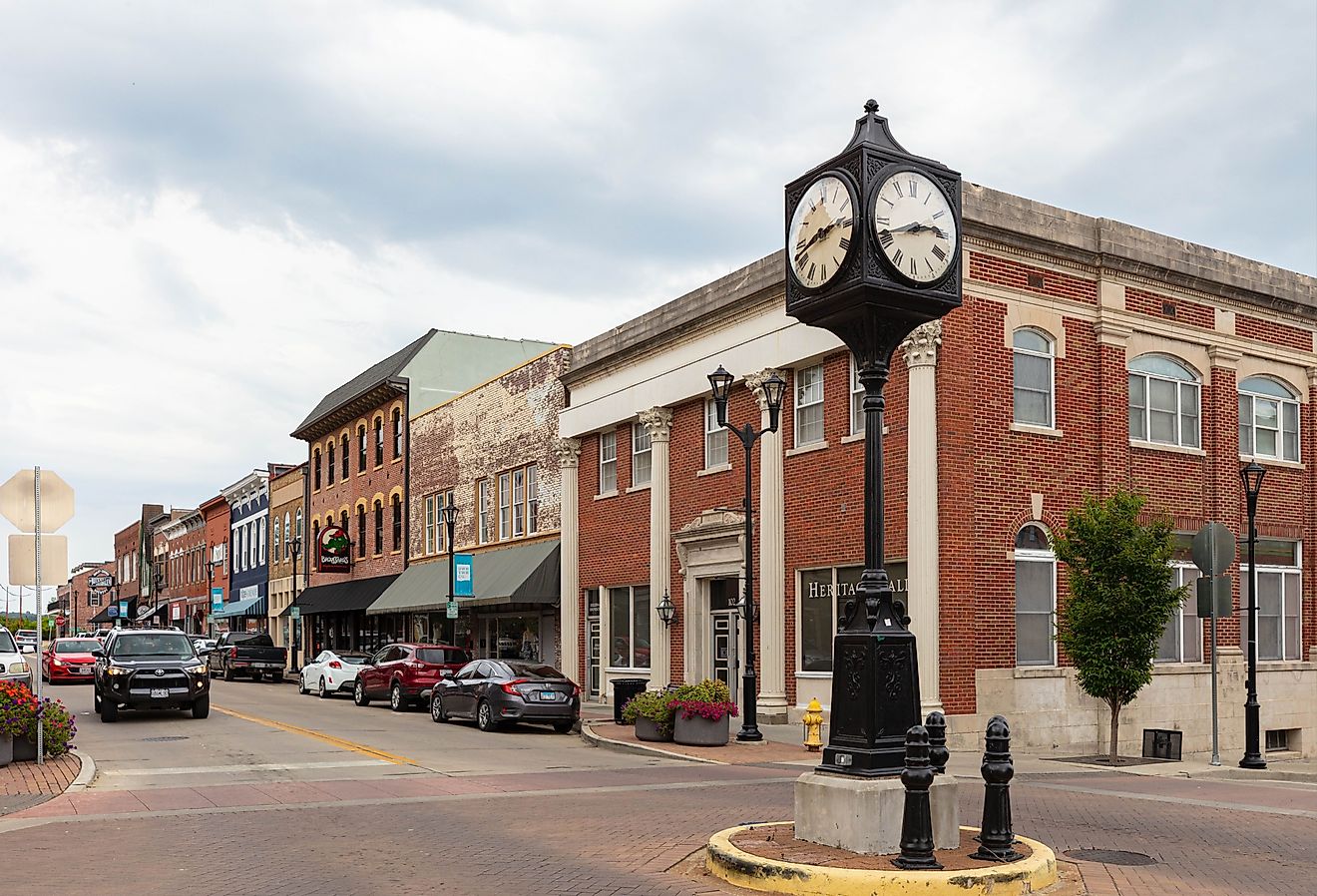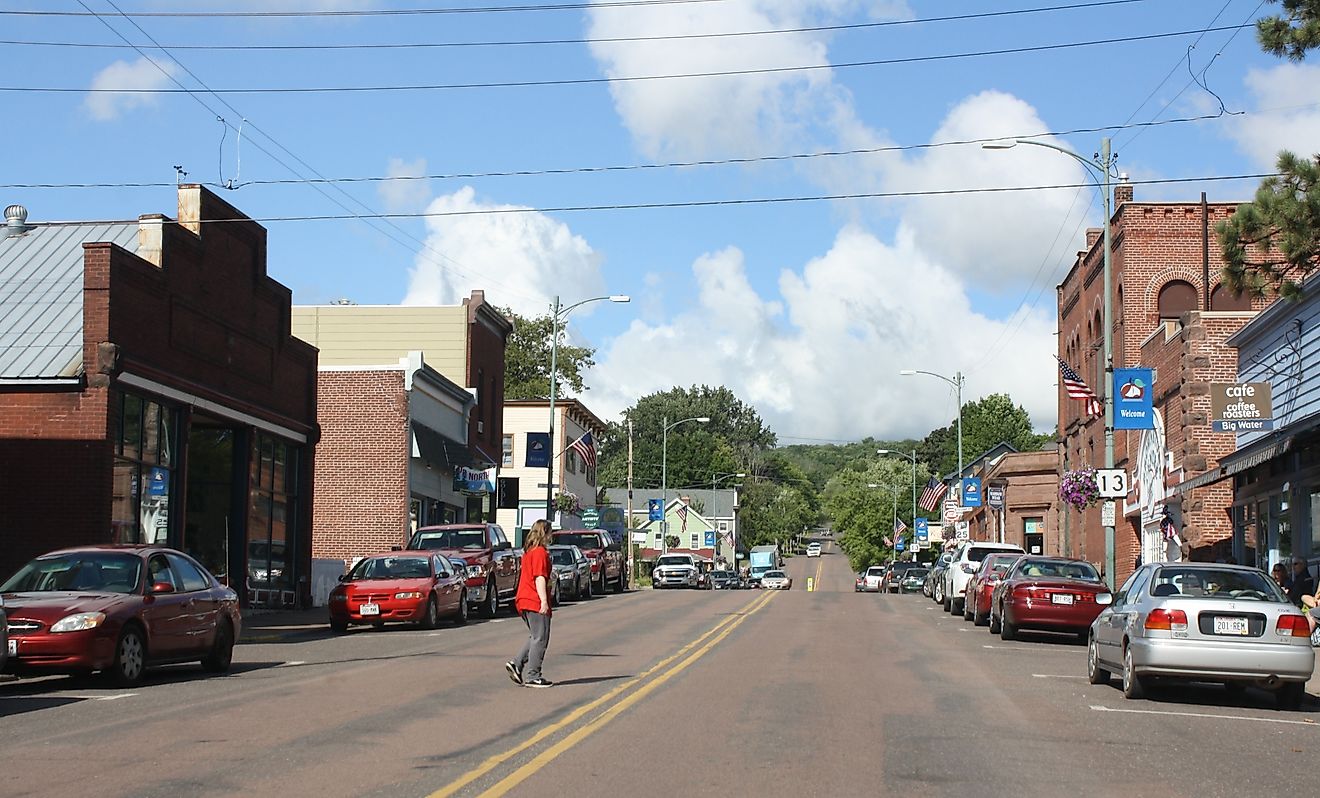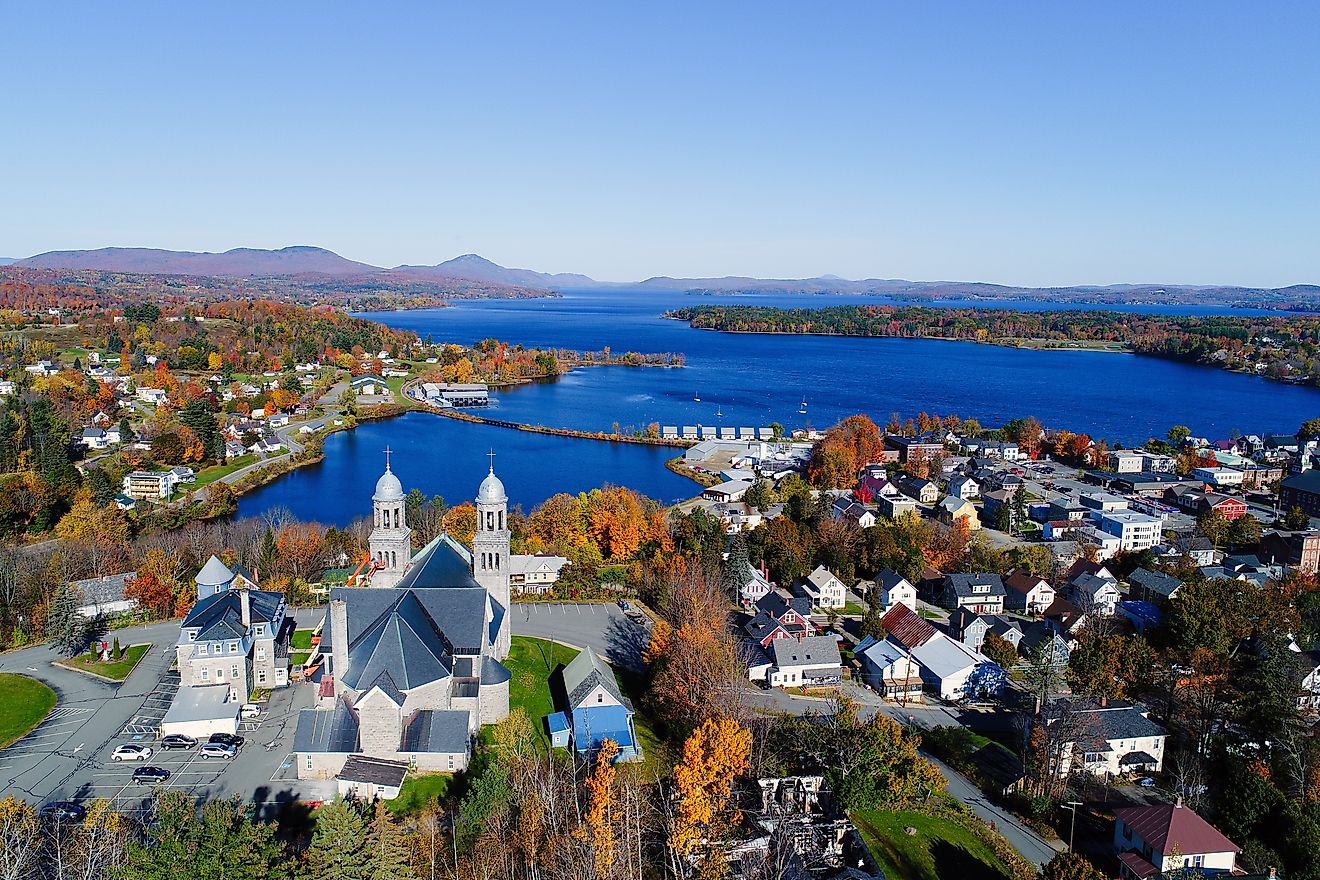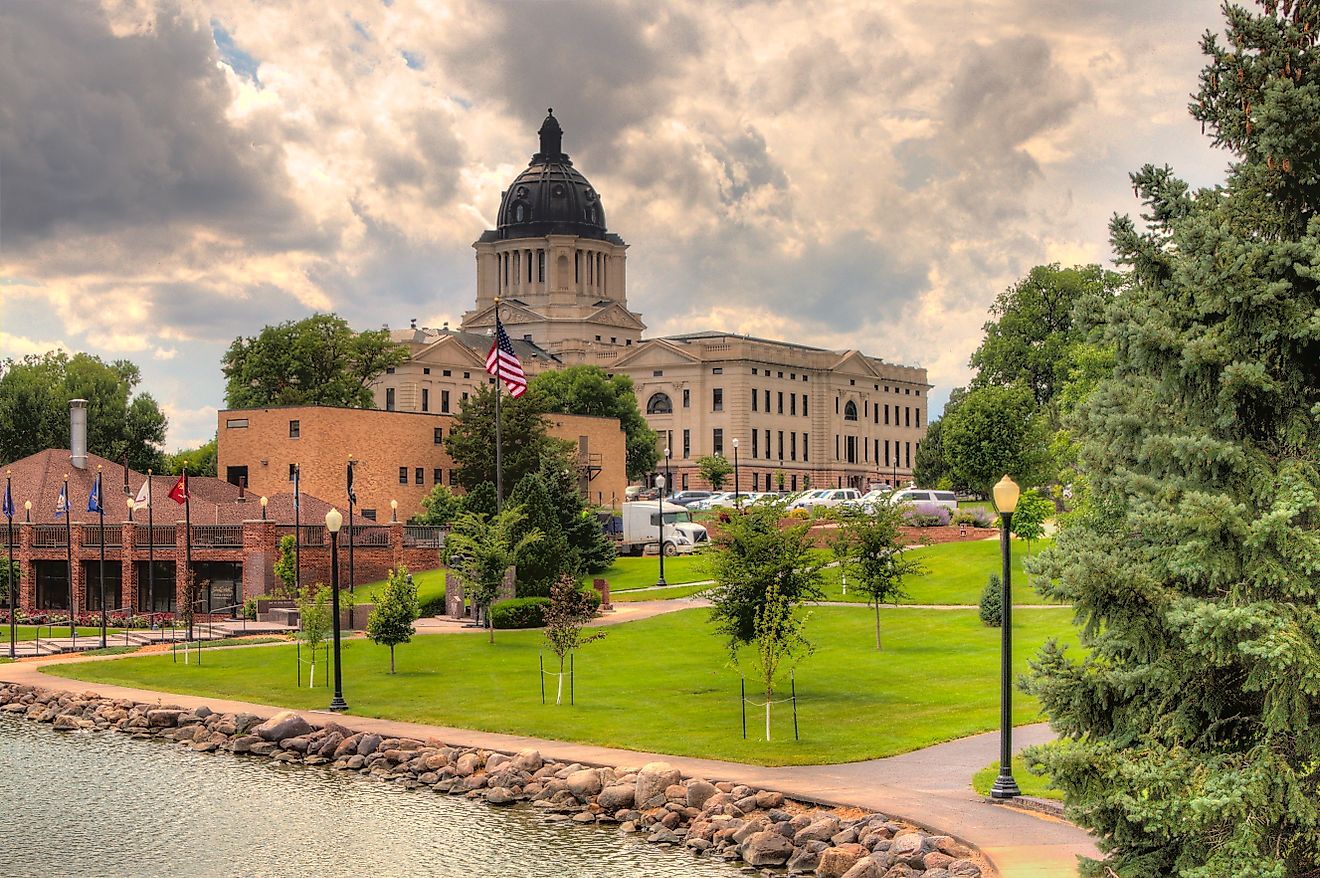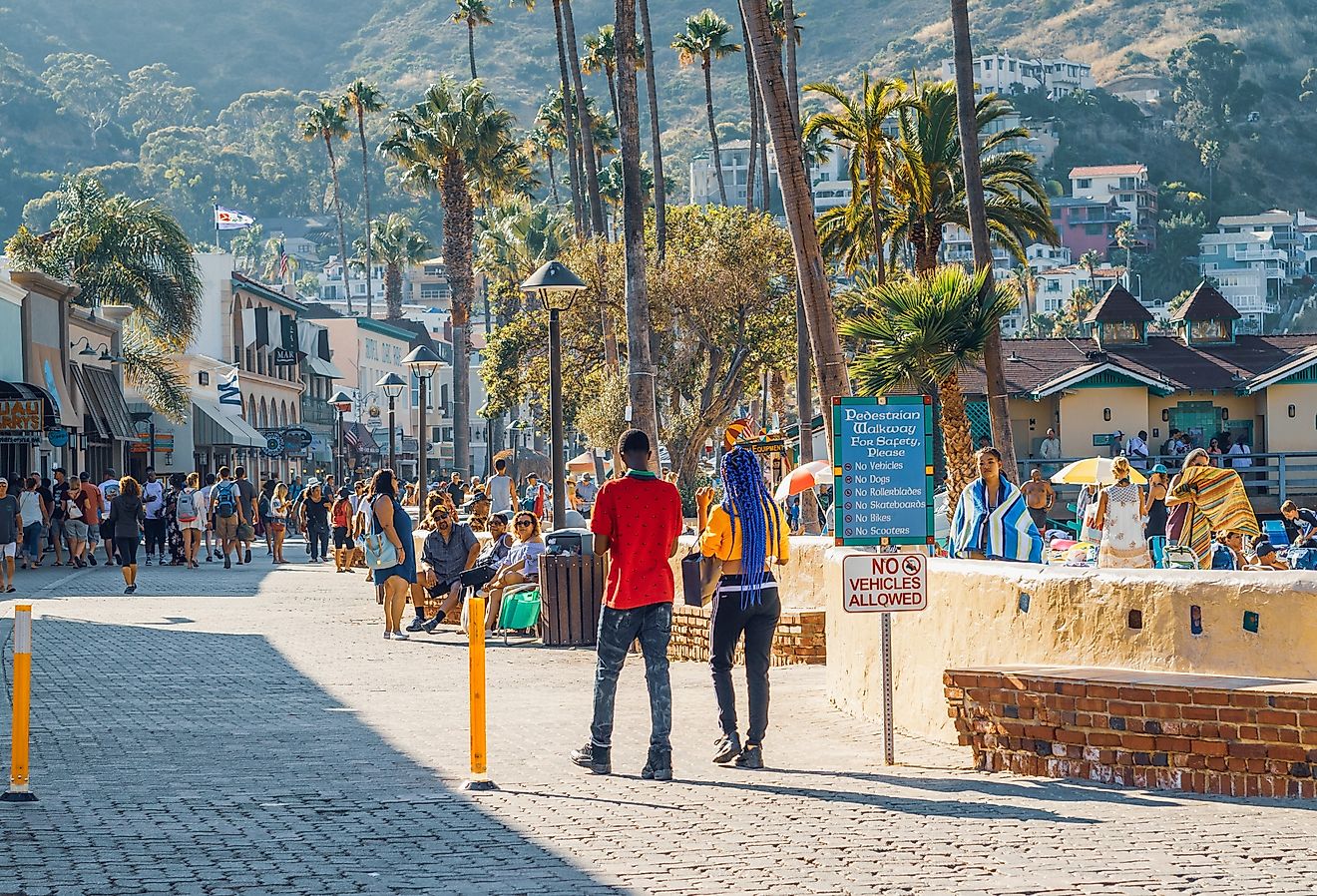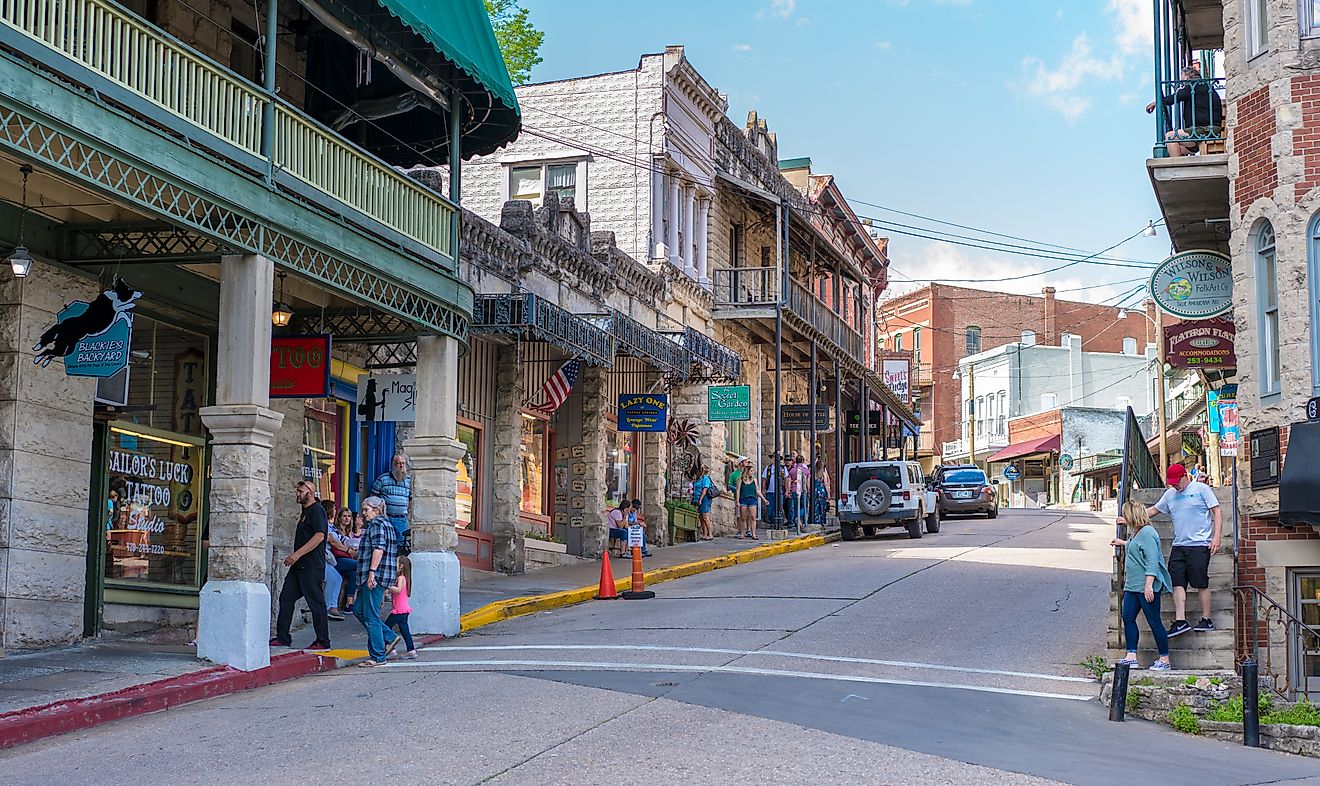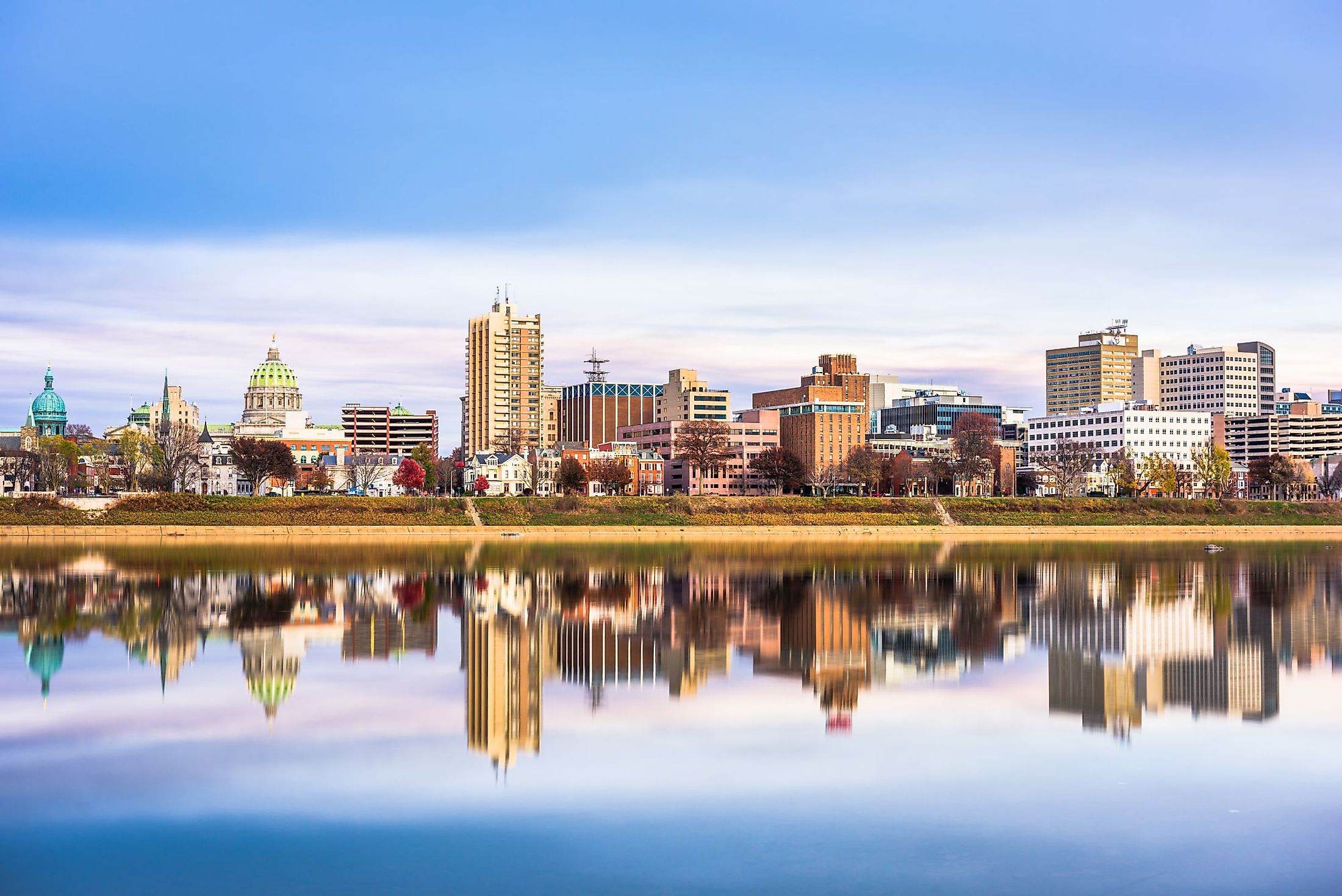
Harrisburg, Pennsylvania
Harrisburg is a big city situated on the eastern banks of the Susquehanna River in Dauphin County in the US State of Pennsylvania. Harrisburg serves as the state capital and is considered the best place to live in the state. Harrisburg is renowned for both its natural beauty and rich historical background, as it blends the comforts and allure of a small town with the landmarks and attractions of a big city. The city played a significant part in the Westward Expansion, the Civil War, and the Industrial Revolution.
Geography And Climate Of Harrisburg
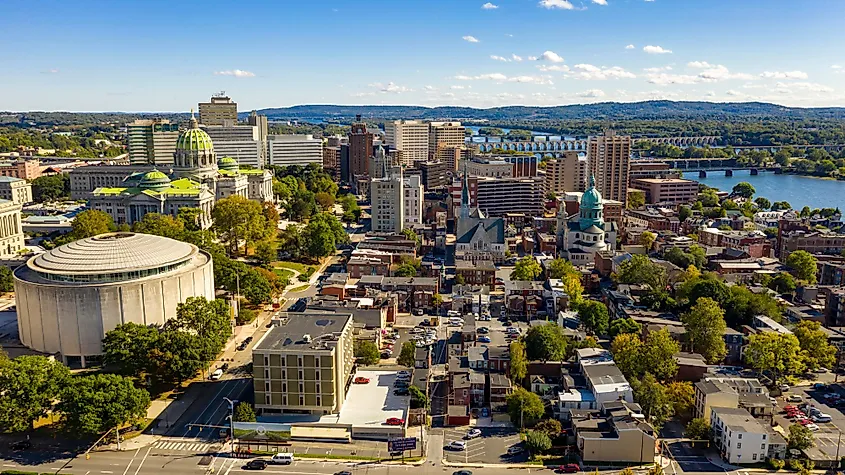
Harrisburg is situated approximately 172 km to the northwest of Philadelphia, Pennsylvania's capital city, and 134 km to the southwest of Allentown, the state's third-largest city. Located in the south-central part of the state, Harrisburg is only a few hours from the major cities of Baltimore, Washington D.C., New York, and Pittsburgh. The Appalachian Mountains' Blue Mountain ridge is directly north of Harrisburg. The Susquehanna River and Harrisburg are both directly to the west of the Cumberland Valley, which extends into northern Maryland. Harrisburg covers a total area of 30.73 sq. km, of which 21.03 sq. km is occupied by land, and 9.70 sq. km is covered by water.
According to the Köppen Climate Classification, Harrisburg has a changeable, four-season climate close to the beginning of a transformation between the humid subtropical and humid continental zones. The climate is mostly gloomy all year round, with warm, humid summers and bitterly cold winters. The year's hottest month is July, with an average daily high temperature of more than 76°F. Having an average daily high temperature below 47°F, January is the year's coldest month. On average, Harrisburg receives 26 inches of snow and 42 inches of rain annually.
Brief History Of Harrisburg
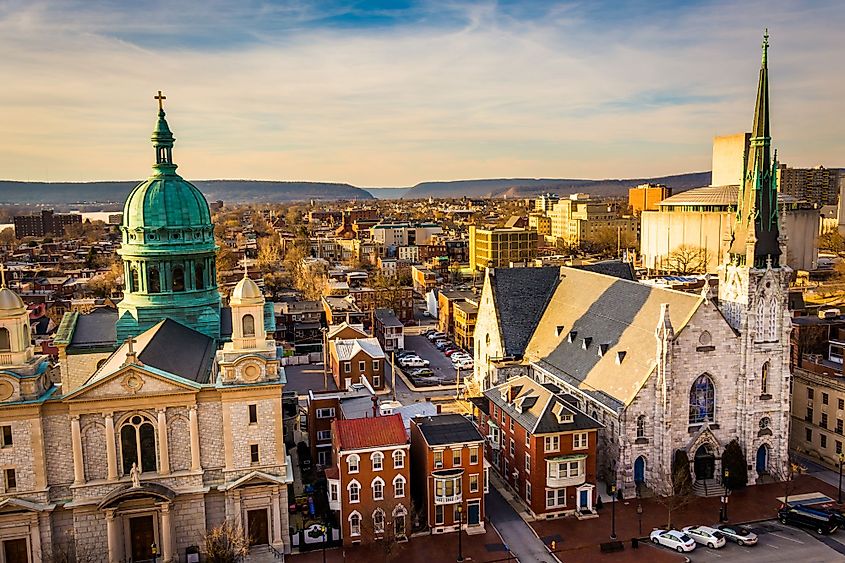
John Harris, Jr. is honored with the naming of both Pennsylvania's capital city and the mansion he erected in 1766 with a view of the Susquehanna River. He built his mansion there so that it would be protected from recurring flooding. Along with running Harris' Ferry, which carried cargo over the river, Harris, Jr. fought for the establishment of Dauphin County, which was the first county to be founded nearby in 1785. At the end of 1812, Harrisburg, which had been founded as a municipality in 1791, was chosen as the state capital of Pennsylvania.
Geographical factors led to the selection of Harrisburg as the state capital. Due to its proximity to the state's center, it is more easily reachable from all directions in the state. Hershey Park's debut in 1907, the development of the planned Bellevue Park area in 1910, the Riverwalk's construction in 1912, and the entrance of the Pennsylvania Farm Show in 1917 are all significant milestones in Harrisburg's history.
The Population And Economy Of Harrisburg
As per the latest US Census, Harrisburg has a population of 50,213 residents. Harrisburg's population is currently growing at a rate of 0.11% annually. Black or African American (Non-Hispanic) (45.9%), White (Non-Hispanic) (24.4%), White (Hispanic) (9.89%), Black or African American (Hispanic) (5.83%), and Other (Hispanic) (5.12%) make up the top five ethnic groups in Harrisburg. Harrisburg has a 26.46% poverty rate and a $52,794 average household income. The median price of a home is $85,500, and the median monthly rent cost in prior years has been $846. Harrisburg's average age is 31 years, 29.8 years for men, and 32.6 years for women.
Harrisburg was able to develop into one of the most industrialized cities in the Northeastern United States during the 19th century, thanks to the construction of the Pennsylvania Canal and later the Pennsylvania Railroad. The US government, Giant Food Stores, Penn State Hershey Medical Center and Hershey Entertainment and Resorts are among the city's largest employers, collectively employing thousands of citizens. However, when the industrial sector declined in the 20th century, more people relocated outside of the city to the nearby suburbs. At this point, service sectors like health care began to dominate the city's economy. Since then, the city's economy has developed into one that is incredibly diverse, with a sizable representation of service-related industries, particularly in the health care sector, and a burgeoning technology sector to go along with the dominant government sector that comes with being the state's capital.
Attractions In Harrisburg
National Civil War Museum
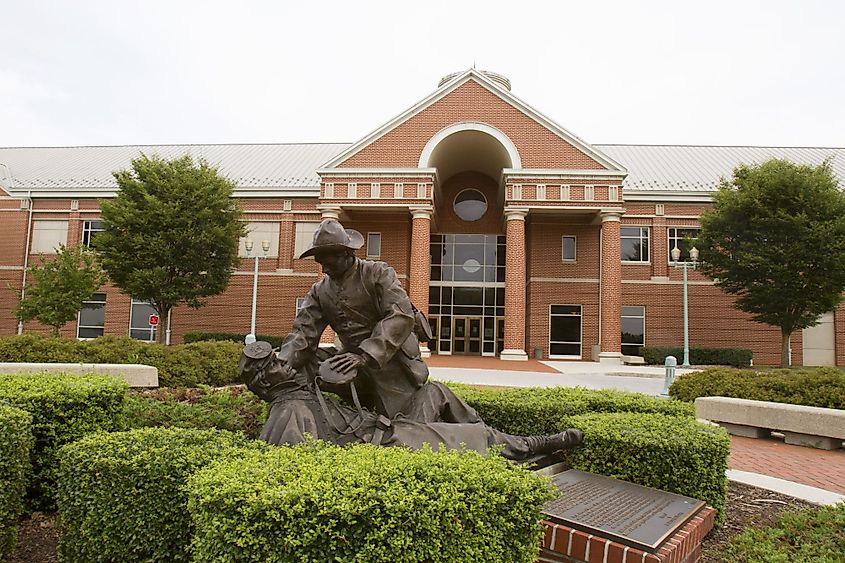
The National Civil War Museum is located in Reservoir Park and is rumored to be the only institution in the nation to tell the whole tale of the war. Its galleries offer a fair, impartial look at both the Union and Confederate causes, with each event, its aftermath, and even specific people being carefully investigated. The museum has portions that examine how topography impacted army movements, while some sections concentrate on slavery and the opening shots at Fort Sumter.
Cathedral Parish Of Saint Patrick
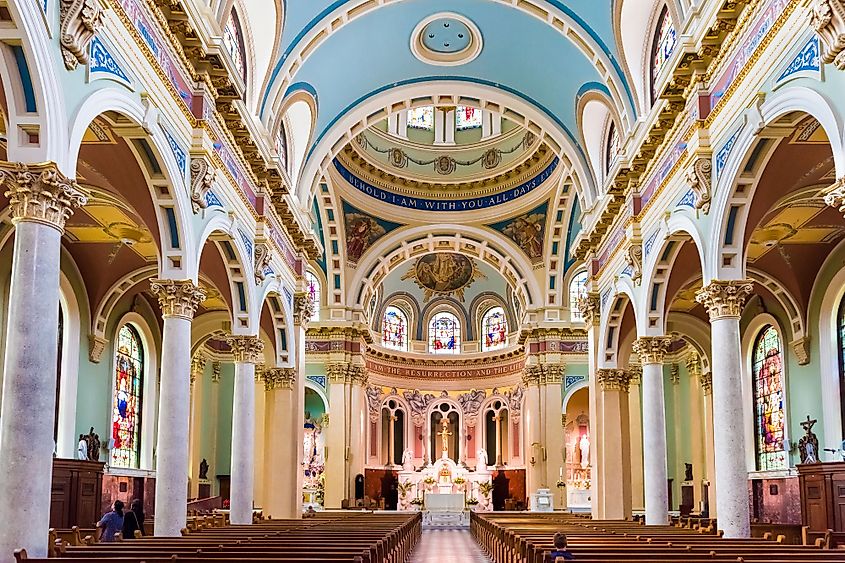
Saint Patrick's has served as a landmark for Catholics in central Pennsylvania ever since its inception more than 190 years ago. It is a place of prayer as well as home to a stunning array of stained-glass windows and paintings created by well-known artists. The artwork illustrates significant moments in church history as well as Christian belief.
Capitol Building
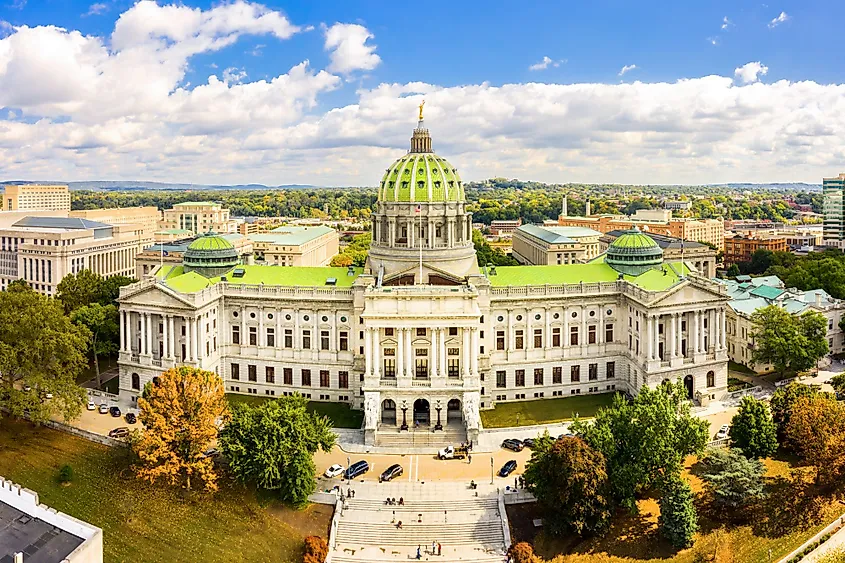
One of the best capital structures in the country is located in Harrisburg. The state capital was first located in Philadelphia before being transferred to the Lancaster region in 1799. Before this one, there was another structure in use, but it burned down in the 1800s. Joseph Houston was the building's architect. To realize his design, it took 25 years. The dome, which was designed after St. Peter's in Rome, is a focal point in addition to the great stairway. A 14-foot-tall figure of Commonwealth in gilded brass stands atop it on the exterior. The rooms of the structure that Violet Oakley painted are another interesting feature.
Capital Area Greenbelt
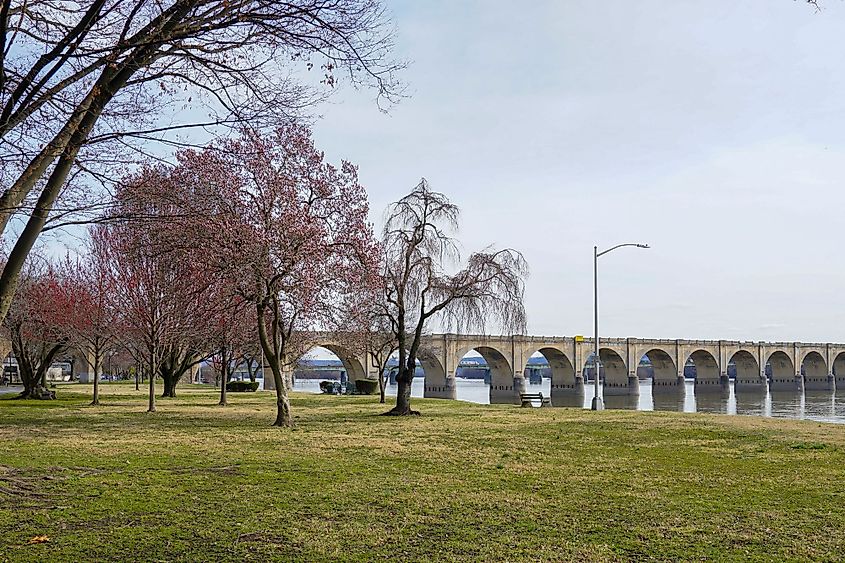
Walking, running, jogging, or cycling through the Capital Area Greenbelt is a great opportunity to see more of the city and its surroundings. Its attractive route is through several parks and pristine natural areas, as well as several noteworthy monuments, landmarks, and museums. The multipurpose path, which is a total of twenty miles long, entirely circles the capital. Throughout the route, there are informative plaques that provide information about the area's history as well as beautiful local wildlife and plants that you may enjoy. Additionally, you can visit the wonderful Five Senses Garden, the National Civil War Museum, and the Reservoir, Riverfront, and Wildwood parks.
Harrisburg City Island
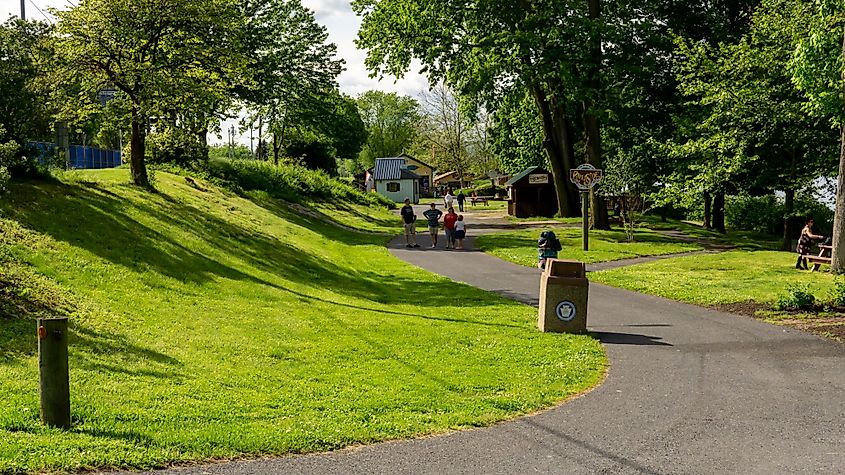
Beautiful Harrisburg City Island in Pennsylvania is known for its concentration on recreational and sporting activities. The Pennsylvania island between Wormleysburg and Harrisburg is mostly used for entertainment events like racing, concerts, and festivals. Along with FNB Field (for baseball and soccer), H20 Miniature Golf, and City Island Stables, the island also has the Pride of the Susquehanna Riverboat, City Island Railroad, City Island Stables, and City Island Arcade/Batting Cages. The Walnut Street pedestrian bridge provides a direct link between these recreational destinations and downtown Harrisburg.
There are several things to do in Harrisburg, so if you ever find yourself there, you're guaranteed to have a good time. One can spend the entire day taking in the city's numerous lovely streets, unwinding on the banks of the Susquehanna River, or taking part in thrilling outdoor pursuits like boating or climbing the Capital Area Greenbelt. Make use of your time here as much as you can! You'll have a ton of amazing memories after having just the right kind of adventure.

